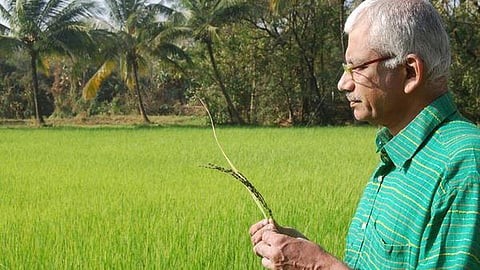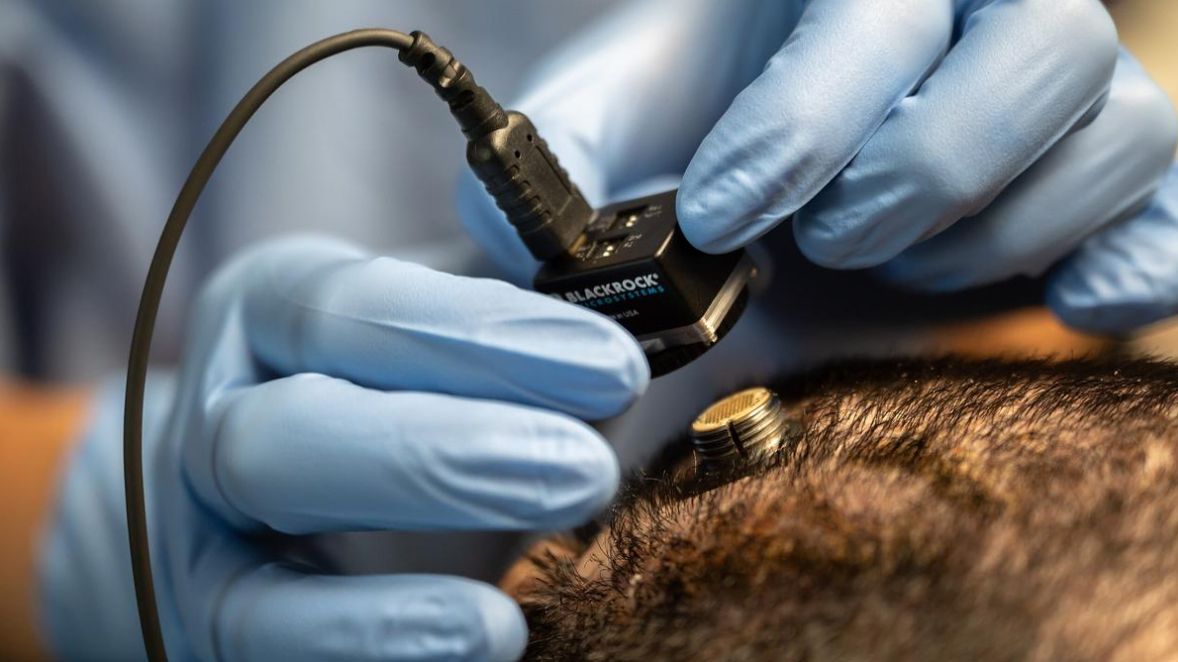



The 2nd National Gene Bank, announced under the Union Budget 2025-26, expands India's genetic conservation capacity. Gene banks store seeds, pollen, and plant tissues to protect biodiversity, ensure food security, and develop resilient crops. India's first gene bank, established in 1996, holds 0.47 million accessions, supporting research and agricultural sustainability.

Copyright infringement not intended
The Ministry of Agriculture & Farmers' Welfare announced the establishment of the 2nd National Gene Bank under the "Investing in Innovations" theme of the Union Budget 2025-26.
It serves as a storage facility -> It preserves seeds, pollen, and plant tissues.
Scientists use these resources to protect plant species from extinction and ensure their availability for future use.
They play a critical role in maintaining genetic diversity -> essential for climate resilience and food security.
They contribute to developing drought-resistant and disease-resistant crops.
The second gene bank aims to expand India’s capacity to conserve genetic resources -> The first gene bank stores 0.47 million accessions, and the second bank targets conserving 10 lakh germplasm lines.
India established its first National Gene Bank in 1996 under the Indian Council of Agricultural Research - National Bureau of Plant Genetic Resources (ICAR-NBPGR) in New Delhi.
This bank shelters 4,71,561 accessions of 2,157 species -> It is the Second-largest gene bank globally after the Svalbard Global Seed Vault in Norway.
|
Current Statistics As of January 15, 2025, the first gene bank actively stores 0.47 million accessions. These include cereals (0.17 million accessions), millets (over 60,600 accessions), legumes (over 69,200 accessions), oilseeds (more than 63,500 accessions), and vegetables (nearly 30,000 accessions). Scientists actively use these resources for research and crop improvement. |
It provides genetic resources for both public and private sectors involved in crop improvement and genetic conservation.
Scientists store seeds in cold storage at sub-zero temperatures to preserve them for long durations.
They also use cryopreservation to freeze plant tissues and pollen.
Field gene banks grow plants in controlled environments, while in-vitro conservation involves preserving plant tissues in laboratories.
Farmers and scientists depend on genetic diversity to develop crops that can resist extreme weather conditions, pests, and diseases.
By conserving diverse genetic material, gene banks ensure -> Agriculture sustainability and food security.
|
The National Gene Fund was established under Section 45 of the Protection of Plant Varieties and Farmers’ Rights Act, 2001, to ensure fair distribution of benefits derived from genetic resources. |
Must Read Articles:
Source:
|
PRACTICE QUESTION Q. What is a gene bank, and how does it contribute to the preservation of biodiversity? 150 words |






© 2025 iasgyan. All right reserved